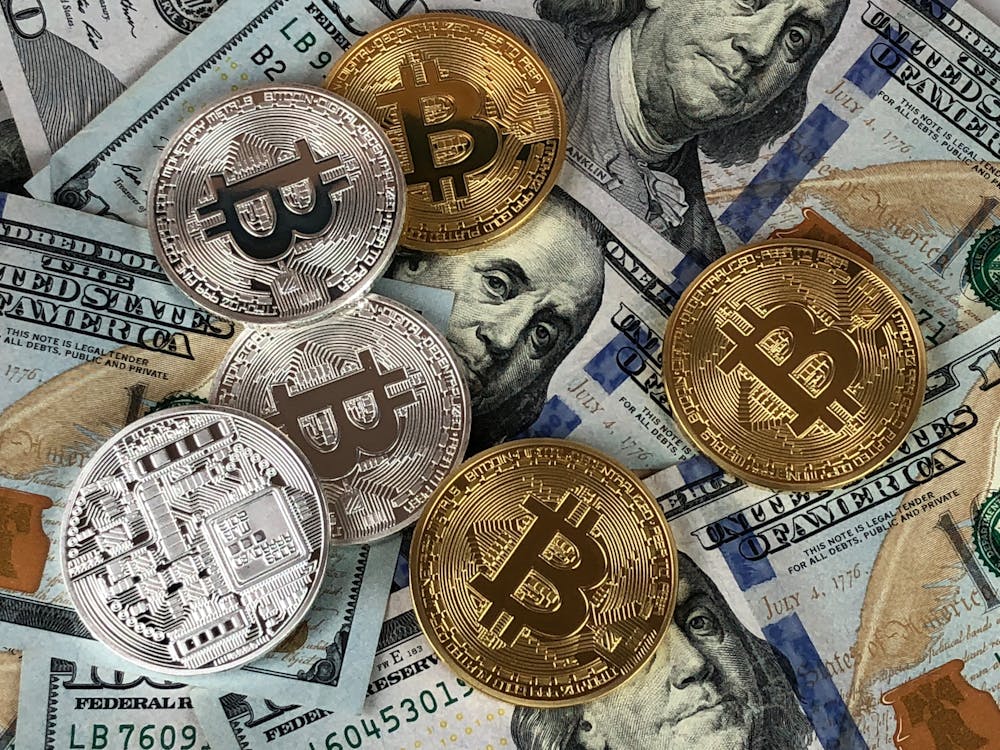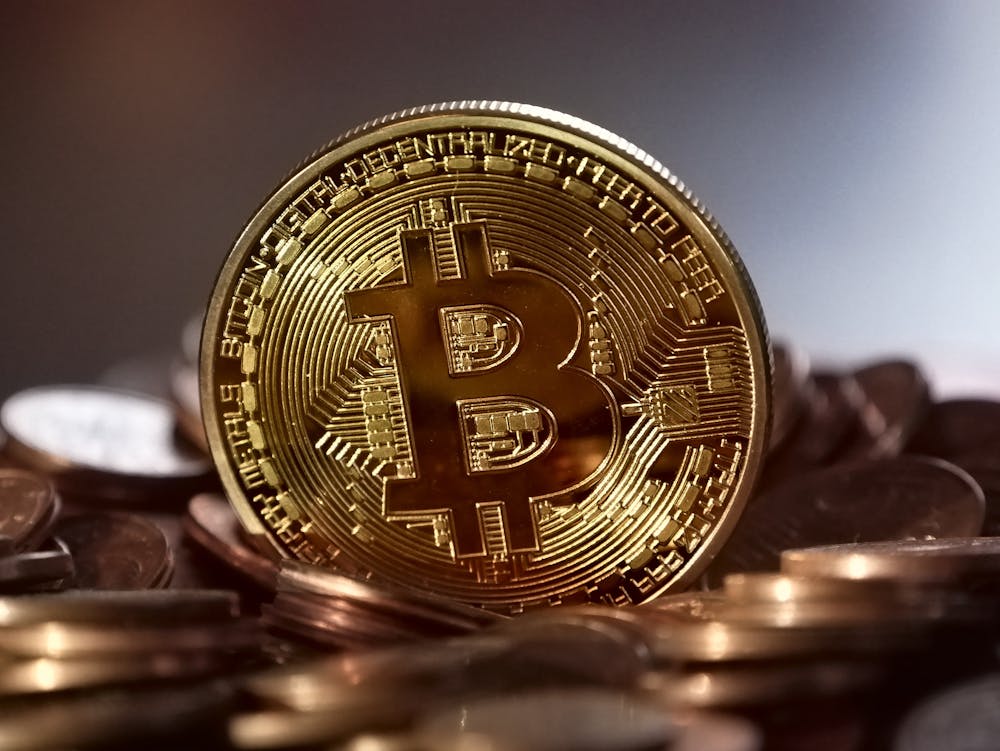Evolution of cryptocurrency
Before we begin with discussing how cryptocurrencies came into existence, let us first begin by understanding what exactly the word 'cryptocurrency' means.
A cryptocurrency also called 'crypto' in short, is a digital asset used in trading and is designed to work as a medium of exchange. The collected cryptos are stored in a computerized database using strong cryptography. This helps in securing transactions and verifying the ownerships of said cryptos. It is not issued by a central authority and does not exist in a physical form like paper notes and coins.
The first decentralized form of cryptocurrency is the Bitcoin. However, since its release, many more cryptocurrencies have come into existence.
The first form of digital cash to ever be created was in 1983, by the American cryptographer David Chaum. It was implemented in 1995 as Digicash. However, there was no way to trace the exchange of this currency by any banks, government, or third-party.
Bitcoin, which we have all definitely heard of at least once, was created in 2009, by a pseudonymous developer, Sakashi Nakamoto. In October 2011, Litecoin was released which went on to become one of the most recognized cryptocurrencies.
Cryptocurrencies are a long way from gaining mainstream recognition. However, many countries like China, Ecuador, Tunisia, Venezuela, etc. have created their own national cryptocurrency or are planning for its launch. Popular cryptocurrencies like Bitcoin have gained popularity but many people still don't know the mining process or what exactly does 'mining' means.
Cryptocurrencies are a very suitable medium for the exchange of goods. They are physically non-existent, safe, and reliable. The only obstacle preventing them from their introduction to the mainstream money market is the reluctance to accept cryptocurrencies as a legal medium in exchange and their fluctuating values.
This was a guest post written by Rupak Yeware. To know more about guest blogging on this blog, contact me.
Some posts have been marked as "Old Posts". Less likely, but they might have out dated or incorrect information, ugly looking bits of code, no labels, etc. Don't get me wrong, many of these posts are top-notch and interesting too.
I thought it would be better not to delete or revamp these posts, even if they suck. The bitter truth is that old works always suck, but I take that as a positive tool to convey that I am growing. Besides there's no better way to showcase my journey without these old, messy, poorly written posts!
I thought it would be better not to delete or revamp these posts, even if they suck. The bitter truth is that old works always suck, but I take that as a positive tool to convey that I am growing. Besides there's no better way to showcase my journey without these old, messy, poorly written posts!
Old Post

